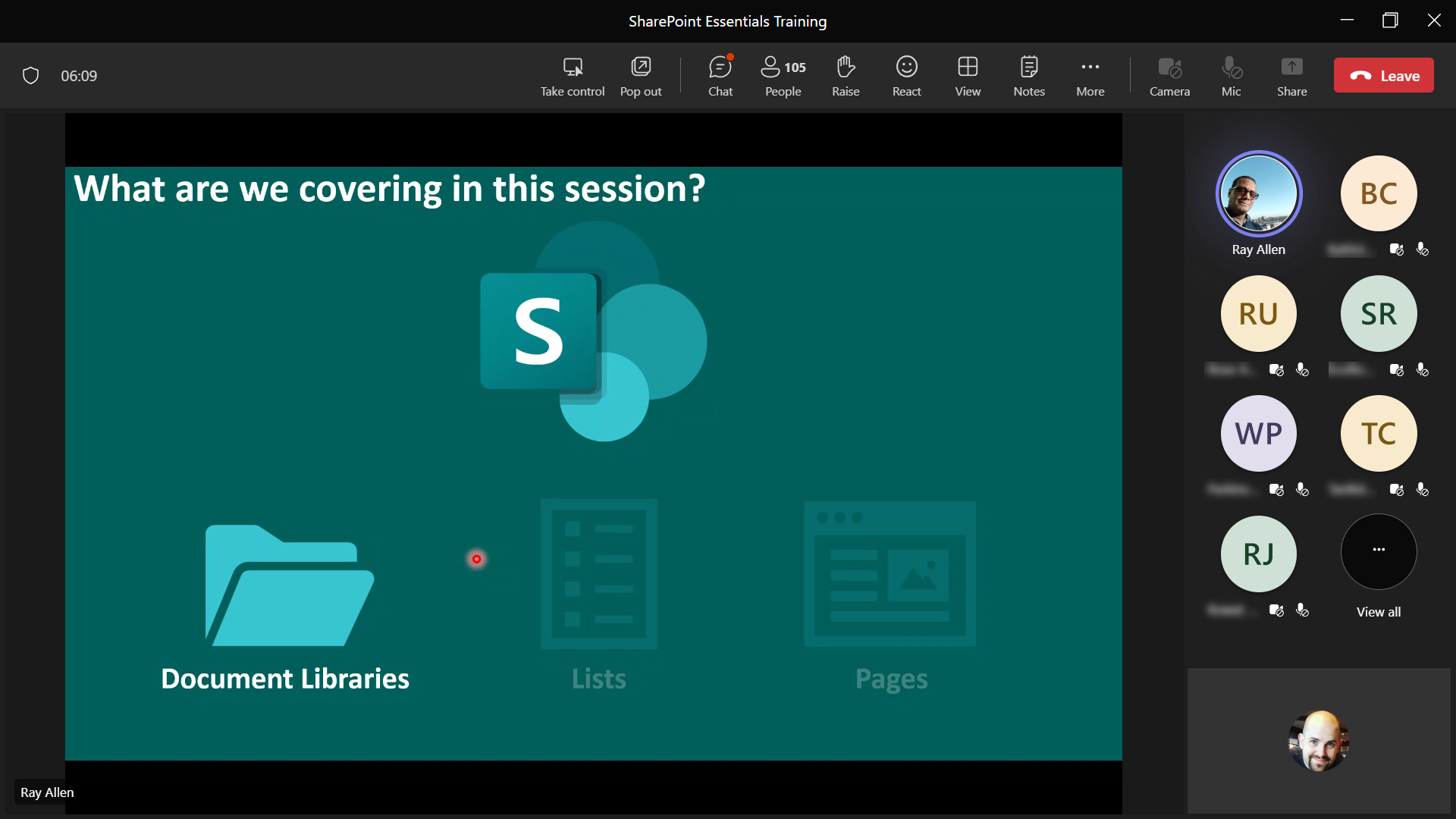Adoption & Training
Deploying the latest communications software is key to maintaining a competitive edge, but it doesn’t guarantee success.
Adoption, training and change management delivers:
Resources »
Increased efficiency
Employees use the software to its full potential, improving productivity
Better ROI
By fully utilising the software, you maximise your return on investment
Happier users
Training and adoption lead to better user experiences, benefiting employees and customers
Adaptability
A smooth change process helps your organisation stay agile and responsive to new technology
Adoption: Getting people to use the technology
The best tools don’t make a difference unless people use them. Adoption is about integrating the software effectively work, getting your team to see the value in its use and getting them on board. This means building a culture of collaboration and openness to new technology. Get better outcomes for your organisation thanks to higher adoption rates.
Training: Giving employees the skills they need to use it
Get the most out of your Microsoft Teams investment by training your team:
- Teach users the core features and best practices
- Build confidence and skills so employees can take full advantage of the software
- Keep users updated on new features and improvements

Change Management: smoothing the transition
Prepare, support and guide your team through the transition from old to new, especially if they’re resistant to change. Minimise disruption by:
- Clear, early communication
- Involving key stakeholders
- Addressing concerns and offering support
- Tracking progress and making adjustments as needed
Why Symity?
Our adoption team trains over 100 people every day, using Microsoft Teams for virtual sessions, with onsite options if needed. We ensure your team can use these tools confidently and effectively.
- Microsoft Teams, including telephony, conferencing, and collaboration
- Microsoft Teams Rooms
- Teams-integrated contact centers
- OneDrive
- SharePoint
- Office apps